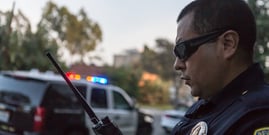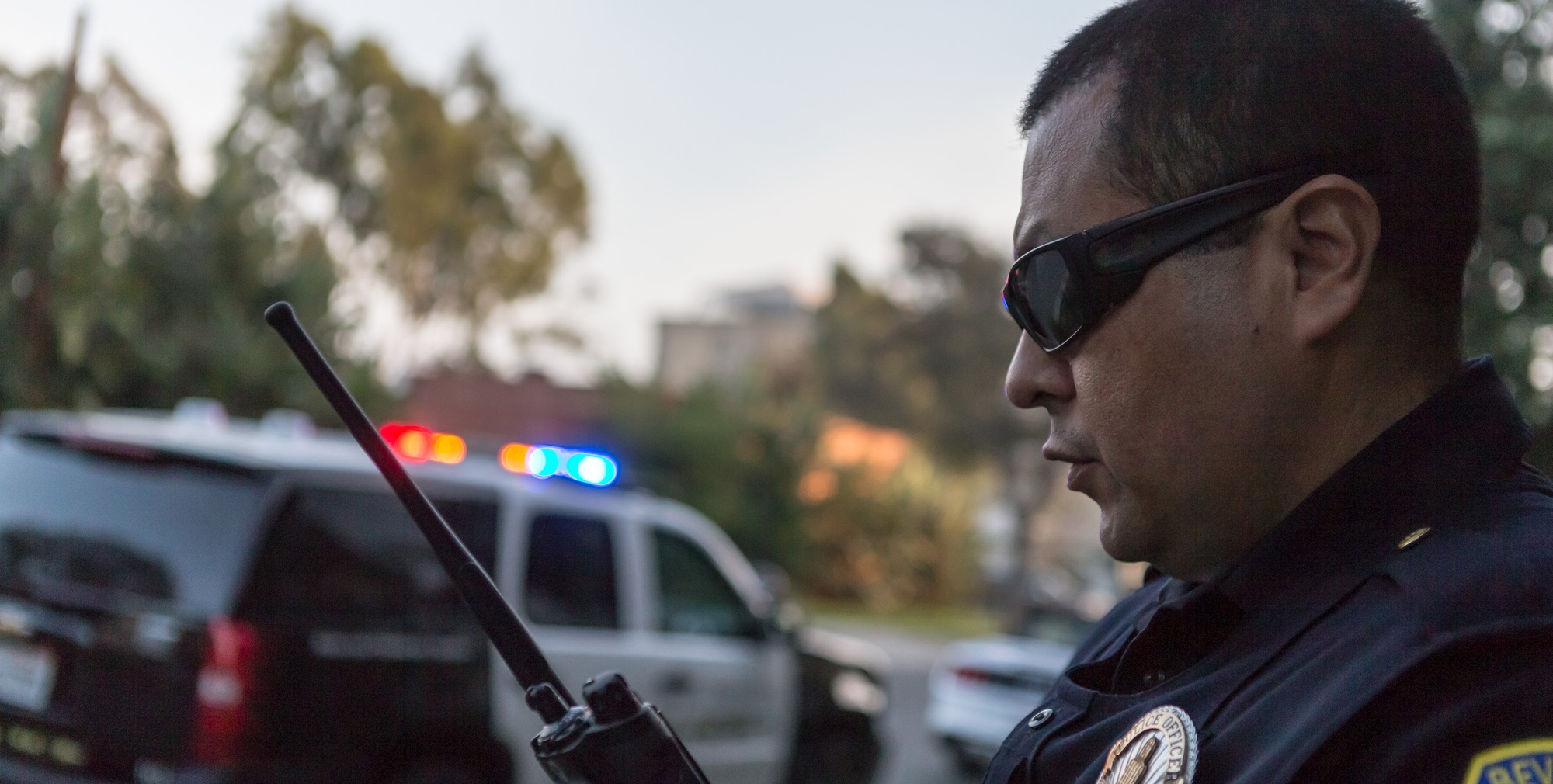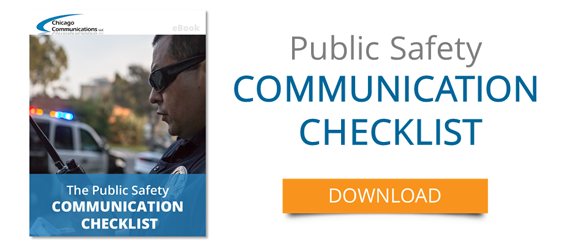Your police public information officer (PIO) is in charge of developing and implementing your public safety communications strategy, and chances are, they’ve got some things they’d love to change.
Because PIOs’ primary responsibility is to interact with the news media during emergencies and situations that are of the public interest, it’s tempting to think that’s where their jobs begin and end. But PIOs also serve an important community relations function and can coordinate communications during large-scale events – if they’re given the room to do so.
Here are five public safety communications strategies that we bet your police PIO wants to change.
Make Sure Officers on the Scene are in Contact with Staff at the Department
During emergencies or other events that make the news, officers on the scene are talking to one set of reporters, and your PIO or media relations staff is talking to another set via phone or email. If your officers aren’t giving both groups of reporters the same information at the same time, misinformation and communications chaos can ensue.
Technology such as Motorola’s WAVE Work Group Communications application allows departments to keep all officers who are disseminating information to reporters on the same page, no matter where they are or what kind of device they’re using, from two-way radios, to laptops, smartphones and even desktop computers. After all, getting the right public safety equipment is a matter of priority.
Have a Plan for Communications Reinforcements for Large-Scale Events
During large-scale news events, whether they’re natural disasters or something manmade, officers will be on the scene for countless hours at a time, and that includes PIOs. If you’re a small department, an event that draws considerable local or national media attention can easily overwhelm your PIO and their staff.
For preplanned events, such as conventions or meetings, have a plan in place to call in media relations reinforcements who can handle media requests, generate press releases and coordinate communications across agencies.
While you can’t know when the next emergency is going to strike, you can be prepared by having other departments or staff on standby to fill in as communications officers to assist your PIO.
Use Social Media to Your Advantage
The immediacy and potential reach of social media make it an excellent communications and information-gathering tool for law enforcement.
Police departments are using their Twitter and Facebook accounts to:
- Distribute information about incidents as become available, reaching both news reporters and the general public simultaneously;
- Seek information about crimes, suspects and victims;
- Engage the community in conversations about law enforcement activities.
Make Information Easy to Find Online
There are certain questions that your PIO answers all the time, mainly because there isn’t a good way for reporters or the public to access the information otherwise. A well-designed website with frequently requested information that’s easy to find will go a long way to bolster your public safety communications. Your PIO will thank you for it.
Focus on Telling the Good News, Not Just Reacting to the Bad
You and your PIOs know about the good work that you and your officers do every day, but getting the word out to the public can be a challenge. So it’s important to build into your communications strategy opportunities to let the community know what positive impacts you’re having.
Allow the PIO to film or interview officers as they speak at local schools, attend community meetings or carry out service work. Post the footage and photos on your website, blog and social media to spread the word.



